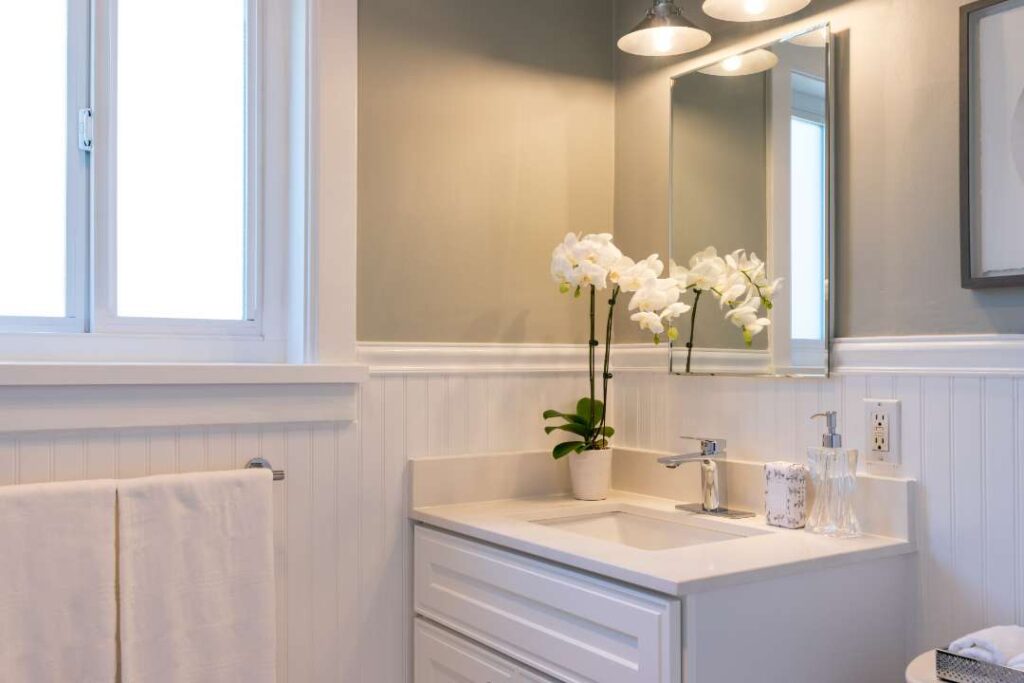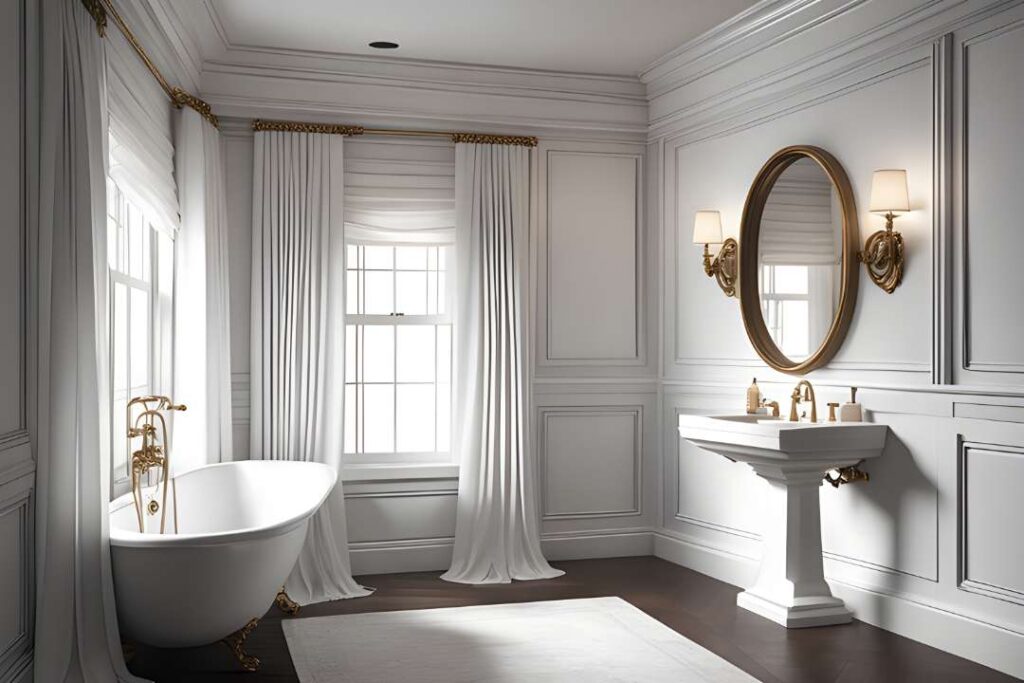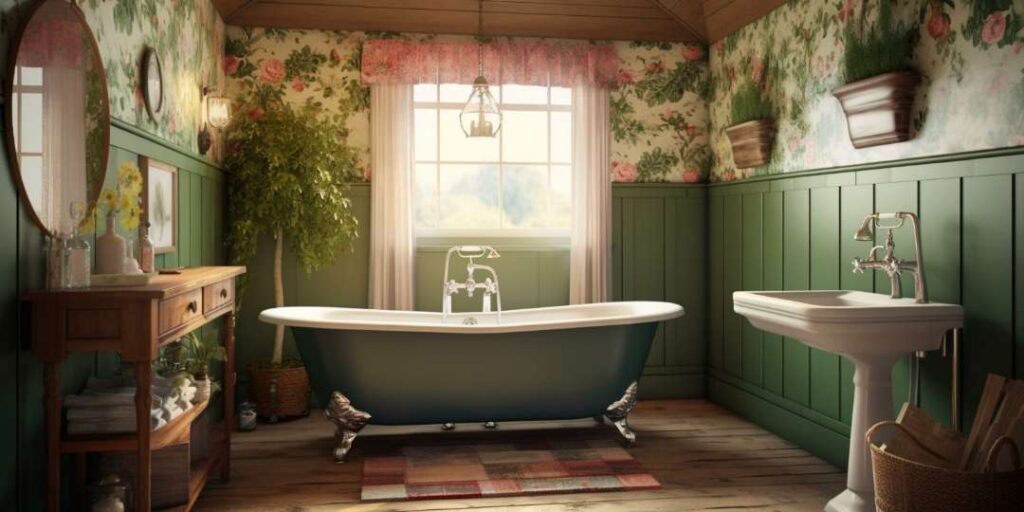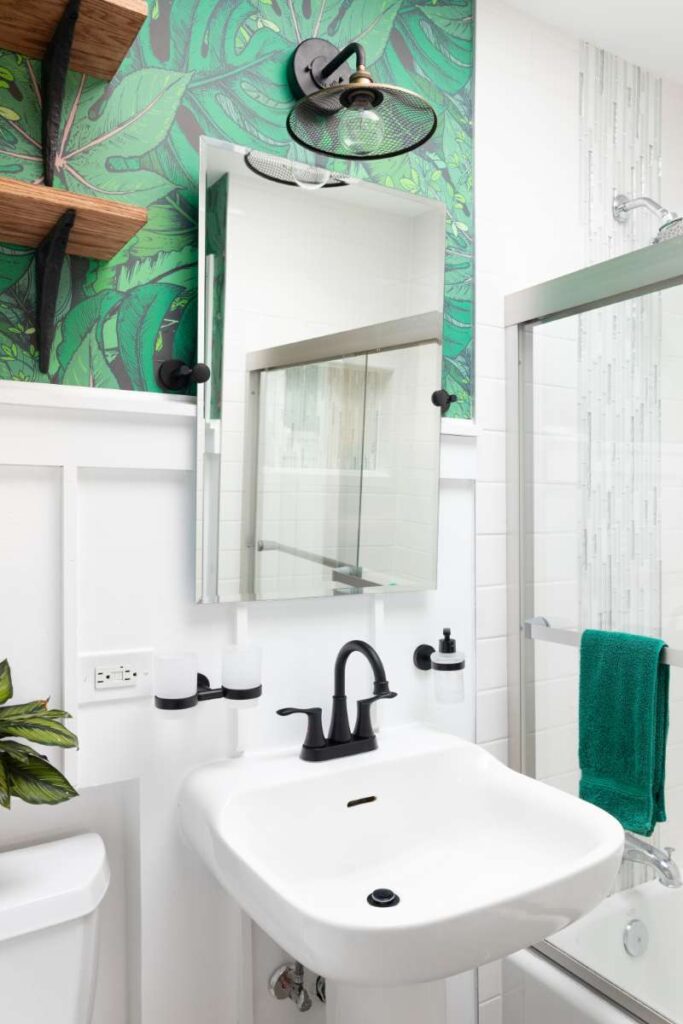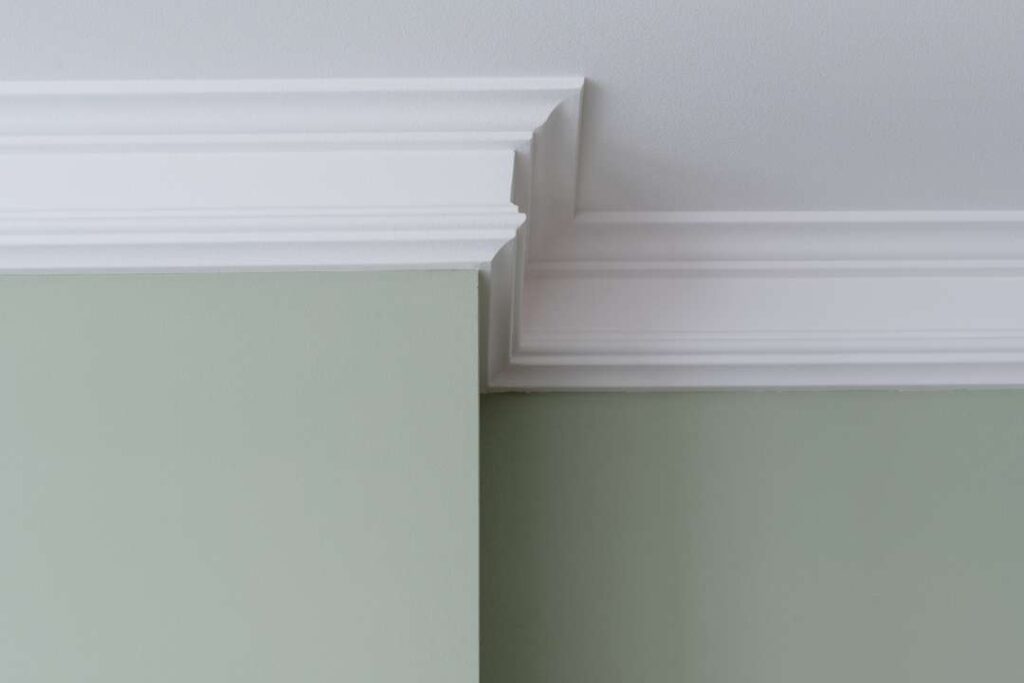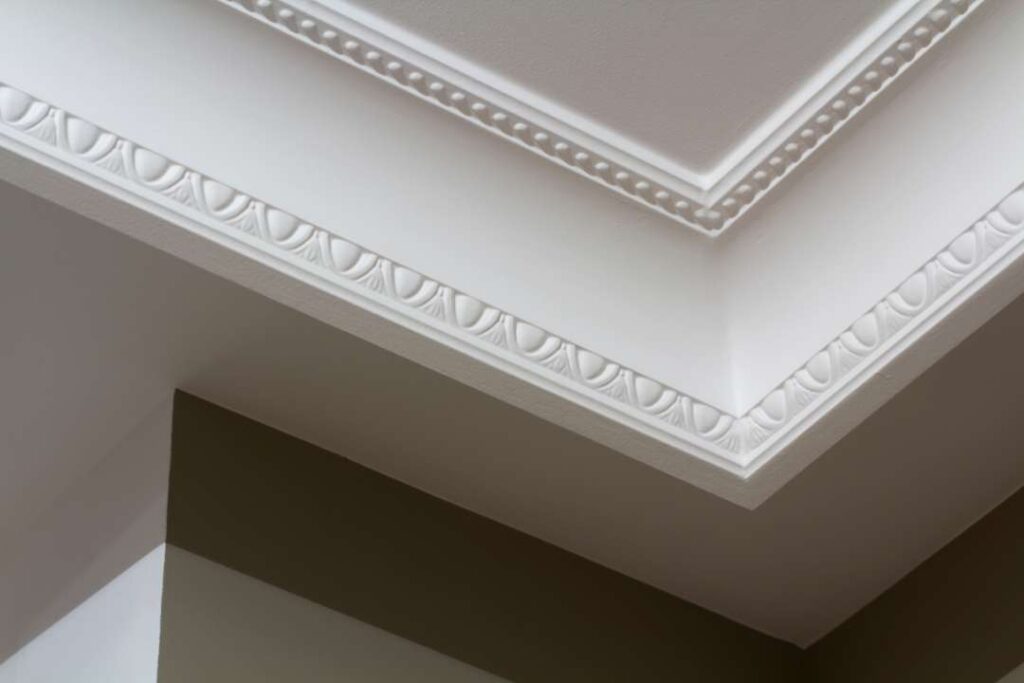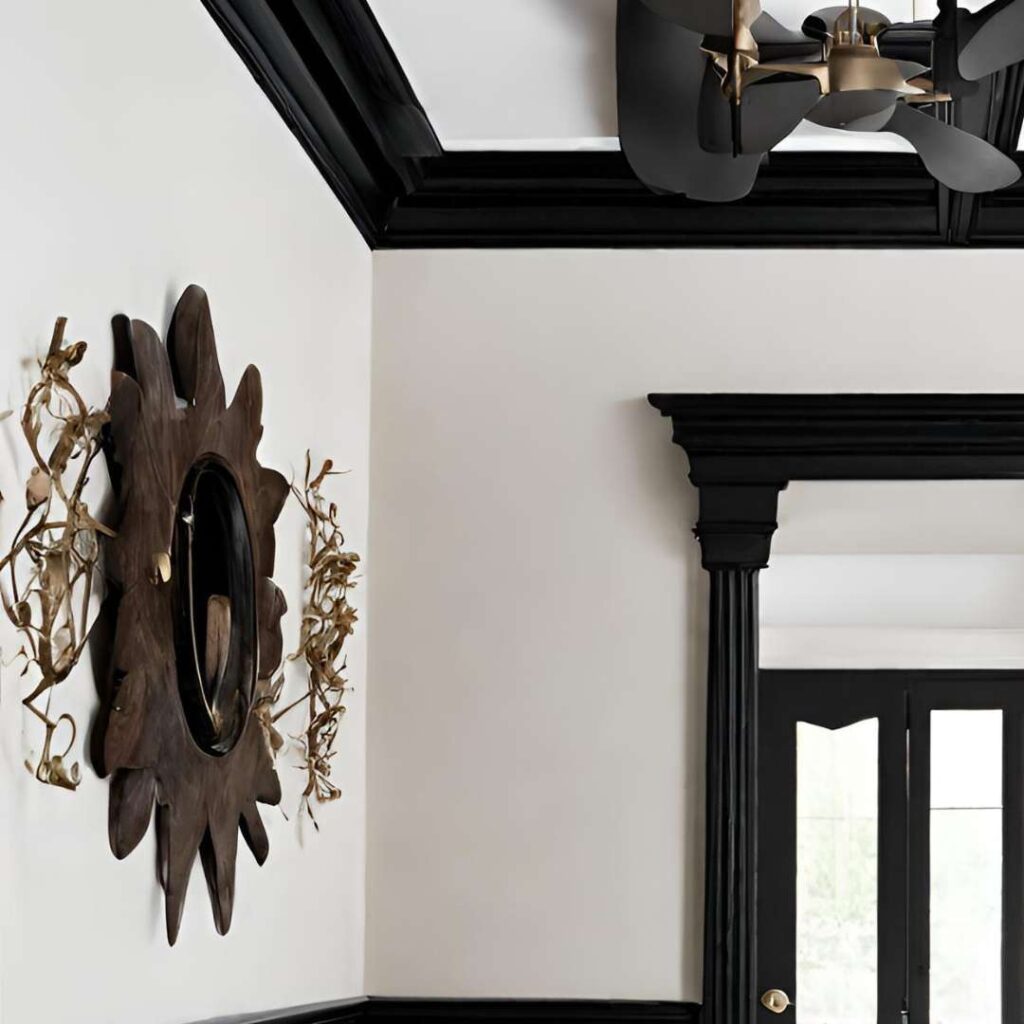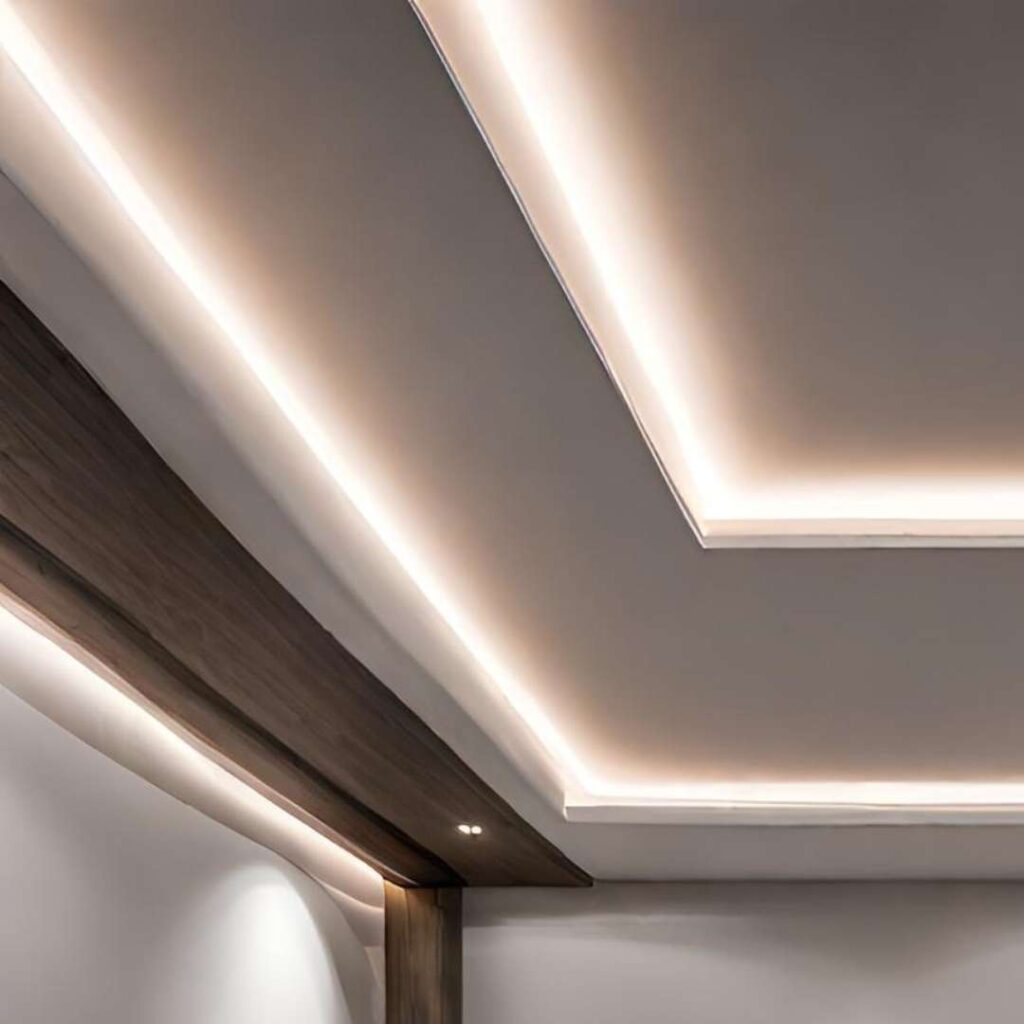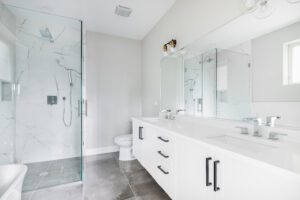Bathroom Wall Trim Ideas Using Wainscoting and Crown Molding
In this blog post, we will explore two fantastic bathroom wall trim ideas: Wainscoting and Crown Molding. We’ll delve into the benefits, considerations, materials, and styles associated with each of these options to help you make the best choice for your bathroom.
Bathroom Wall Trim Ideas
When it comes to bathroom wall trim ideas, there’s a wealth of creative possibilities to enhance your bathroom’s aesthetic. It’s often the little details that make a big difference. One such detail that can transform the look and feel of your bathroom is wall trim. Bathroom wall trim not only adds a touch of elegance but also serves practical purposes.
Wainscoting Trim in Bathrooms
Wainscoting is an age-old interior design technique that has stood the test of time. Originally used to protect walls from the wear and tear of daily life, wainscoting has evolved into a stylish and versatile decorative element. Wainscoting trim in bathrooms is great because its use as an accent and the protection that it offers high traffic and potentially water-soaked areas.
What is Wainscoting?
Wainscoting is a decorative interior wall paneling technique that involves applying wooden or other types of panels to the lower portion of a wall, typically extending from the floor to about chair rail height or halfway up the wall. This architectural feature serves multiple purposes: it adds texture and visual interest to a room, protects the lower portion of the wall from damage, and can help with insulation and soundproofing.
Crown Molding Bathroom Wall Trim Ideas
Crown molding is another option for bathroom wall trim. This trim creates a seamless transition between the wall and ceiling. Adding crown molding is a great way to upscale your bathroom without having to take up old baseboards or replace flooring.
What is Crown Molding?
Crown molding, also known as cornice molding, is a decorative architectural feature used in interior design to enhance the transition between walls and ceilings. Typically made from wood, plaster, or other materials, crown molding is characterized by its intricate and often ornate designs, which can range from simple curved profiles to more elaborate patterns with decorative motifs. It serves both a functional and aesthetic purpose, covering the joint where the wall and ceiling meet while adding a touch of elegance and sophistication to a room.
Bathroom Wall Trim Material: Use PVC
No matter what type of styling you are going to install in your bathroom, you will want to make sure that the wall trim material suites the room. When it comes to bathroom materials you need to consider where water will fall or where water will have the chance to fall.
Any area that is around the shower or could be affected by steam from the shower should use a PVC trim. PVC is mold resistant and will not swell if exposed to water. A material like MDF is cheaper than PVC, but MDF is very susceptible to swelling and water damage due to it being made from wood fibers.
Conclusion
Elevating your bathroom’s aesthetics with the right wall trim can turn a mundane space into a sanctuary of style and comfort. Whether you opt for the timeless elegance of wainscoting, the sophistication of crown molding, or the sleek modern trim, each option brings its unique charm to your bathroom. If you’re looking for budget-friendly bathroom tile ideas, check out our post on half-tiled bathroom ideas.
Consider your budget, maintenance preferences, and the overall style of your bathroom when selecting the perfect wall trim. Whichever choice you make, you’ll find that the addition of wall trim not only enhances the visual appeal of your bathroom but also adds a touch of personalization to make it truly your own. So, get creative and transform your bathroom into a beautiful and inviting oasis with these stunning wall trim ideas.
More from Bathroom Remodeling
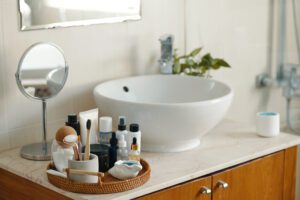
Storage for Summer Essentials: Bathroom Design for Organizing Skincare & Beauty Products
Read Article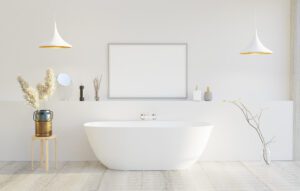
Building a Relaxing Bathroom Oasis During Hectic Summer Months: DIY & Pro Ideas for All Spaces
Read Article